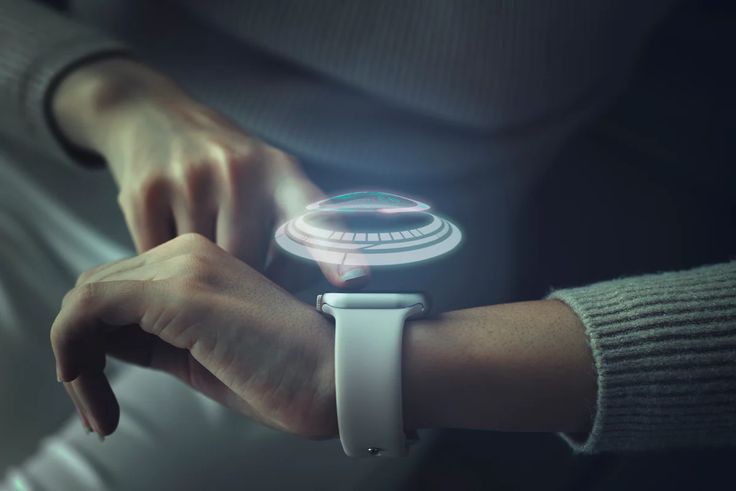Wearable technology has emerged as a significant trend in recent years, promising to revolutionize how we interact with devices and integrate technology into our daily lives. From smartwatches and fitness trackers to augmented reality glasses and smart clothing, wearable tech is rapidly evolving. But how effective is it, and what does the future hold for wearable technology design? Let’s explore.
The Current Landscape
Diverse Applications: Wearable technology is being used in various fields, including fitness and health monitoring, communication, entertainment, productivity, and even fashion.
Health and Fitness: Fitness trackers and smartwatches monitor heart rate, activity levels, sleep patterns, and more, empowering users to take control of their health and fitness goals.
Communication and Connectivity: Smart glasses, smartwatches, and wearable earpieces enable hands-free communication, notifications, and access to information on the go.
Augmented Reality (AR) and Virtual Reality (VR): AR glasses and VR headsets offer immersive experiences for gaming, education, training, and virtual tours.
Fashion and Lifestyle: Wearable tech is merging with fashion, with innovations like smart clothing, jewelry, and accessories that combine style with functionality.
Effectiveness of Wearable Technology
Health and Wellness: Wearable health monitors have proven effective in helping users track and manage their health metrics, leading to increased awareness and behavior change.
Fitness Motivation: Fitness trackers provide real-time feedback and motivation, encouraging users to stay active and meet their fitness goals.
Convenience and Connectivity: Wearable devices offer convenience and seamless connectivity, allowing users to stay connected and access information without needing to constantly check their smartphones.
Productivity and Efficiency: Smartwatches and AR glasses can enhance productivity by providing quick access to notifications, reminders, calendars, and other productivity tools.
Safety and Security: Wearable devices with GPS tracking and emergency features enhance personal safety and security, especially in situations like outdoor activities or medical emergencies.
Challenges and Considerations
Battery Life: Many wearable devices struggle with limited battery life, which can affect their usability and convenience.
Design and Comfort: Comfort and aesthetics play a significant role in the adoption of wearable technology. Designers need to prioritize both functionality and user comfort.
Data Privacy: Collecting and storing personal data from wearable devices raise concerns about data privacy and security. Ensuring robust data protection measures is crucial.
Interoperability: Ensuring compatibility and interoperability between different wearable devices and platforms can enhance their effectiveness and user experience.
The Future of Wearable Technology Design
Miniaturization: Wearable devices will become smaller, sleeker, and more discreet, integrating seamlessly into everyday clothing and accessories.
Biometric Monitoring: Advanced biometric sensors will offer more accurate health and wellness tracking, including blood pressure, glucose levels, and stress indicators.
AI Integration: Artificial intelligence will play a significant role in wearable devices, providing personalized recommendations, predictive insights, and context-aware functionality.
Extended Reality (XR): The integration of AR, VR, and mixed reality technologies will create immersive experiences for entertainment, education, training, and more.
Smart Fabrics: Advancements in smart textiles will lead to the development of clothing with built-in sensors, heating elements, and interactive capabilities.
Wearable technology design holds immense promise for the future, offering innovative solutions to enhance various aspects of our lives. From health and fitness monitoring to communication, productivity, and beyond, wearables are reshaping how we interact with technology. While there are challenges to overcome, the effectiveness of wearable technology continues to improve, paving the way for exciting developments in the years to come. As designers continue to innovate and address user needs, wearable tech will undoubtedly play an even more significant role in our daily lives.

